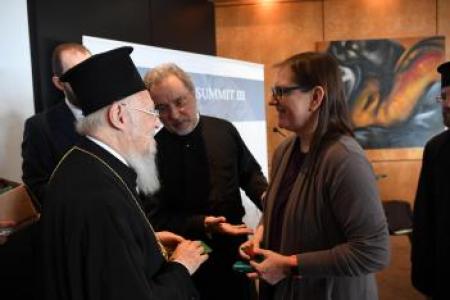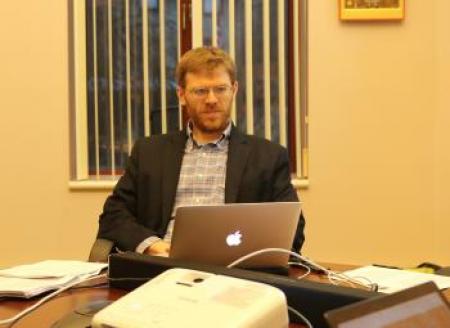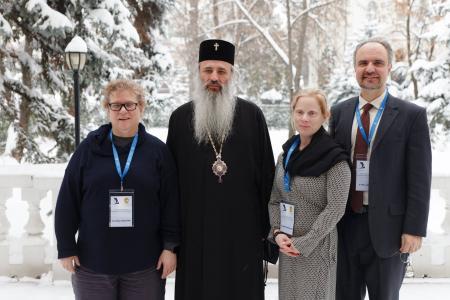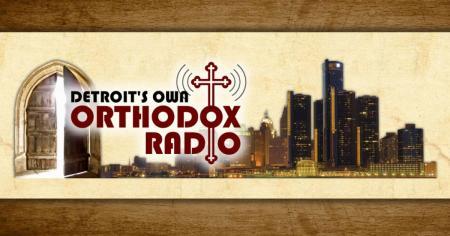Professors Fr. Behr, Bouteneff join gathering on Orthodox spirituality in Italy
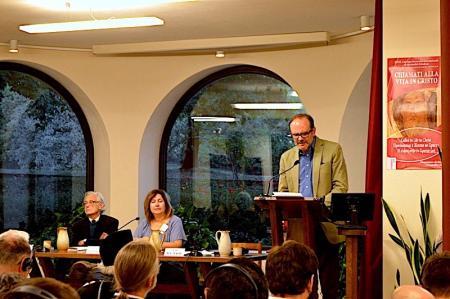
The ecumenical monastic community of Bose, founded in 1965 by Fr. Enzo Bianchi, has made a tradition of hosting annual conferences on Orthodox Christian spirituality. This year’s was the 27th such conference, taking place from September 4-6, 2019, and titled “Called to Life in Christ: In the Church, in the World, in the Present Time.” It brought together some 225 hierarchs, clergy, monastics, and laypeople from a wide diversity of Eastern and Oriental Orthodox Churches, together with Roman Catholic, Anglican, and Protestant lay, clergy, and monastic participants.
Among the many eminent people present this year were Archbishop Job (Getcha) of the Ecumenical Patriarchate, Metropolitan Hilarion (Alfeyev) of Volokolamsk, Christos Yannaras, and Sebastian Brock. Saint Vladimir’s Seminary was represented by two speakers—Fr. John Behr (who also sits on the conference’s organizing committee), and myself. Speakers also included faculty from St. Sergius Theological Institute (Paris) and the St. John of Damascus Institute of Theology at the University of Balamand (Lebanon).
Apart from being a high-caliber event of profound inspiration, this conference is a yearly gift to the Orthodox churches. We need this encouragement, this “push” to gather together, without any ecclesiastical agenda. The Bose community provides this unique and beautiful space, allowing for creative spiritual and theological reflection amongst ourselves and with other Christian brothers and sisters. For a few days, interchurch tensions melt away as we find each other in this idyllic place, with the community’s gracious hospitality, at a conference organized with the greatest care and with spiritual and theological sensitivity.
The community was aware of my work in the sacred arts and with Arvo Pärt, as well as my recent book How to Be a Sinner. So they asked me to prepare my talk on the relationship between beauty and forgiveness. This provided me with the opportunity to invite the audience to reflect with me on what that relationship looks like. On the one hand, forgiveness is a thing of beauty. On the other hand, the experience of profound beauty humbles us, and leads us to forgiveness. Both beauty and forgiveness begin with God and are received and acted on by human beings. The discussion after my talk was warm, thoughtful, and deeply receptive.
More information and photos from the wonderful gathering can be found on the website of the Monastery of Bose.

